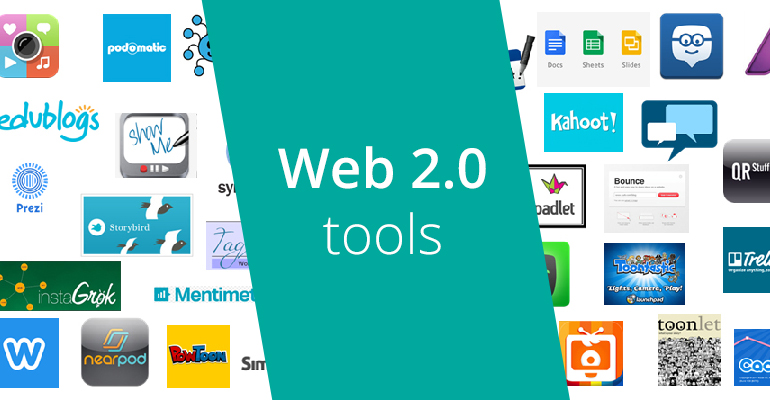
As more tools are developed, it will be important to be continually evaluating their effectiveness and use in education. I think one of the key factors I will pay extra attention to will be how authentic and productive the collaboration is that the tool affords. Web 2.0 tools help learners be active participants in their education and a large part of that is being able to communicate with others, consider their viewpoints and perspectives, and then make new meaning from what they learn.
Web 2.0 tools can have pitfalls in their application that include technical problems, easy of use, appropriateness, and how time consuming they can become. It will be important as an educator that the web 2.0 tools I use are secure, protect my students' information, and contain age appropriate material (including any ads) for my young learners in elementary schools. I think this will be part of the process of making sound judgement when choosing to use technology in a lesson that also lines up to my pedagogy and content and isn't just being used for the sake of using technology.

